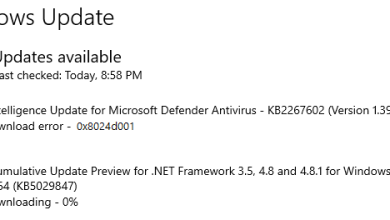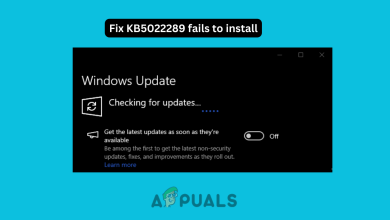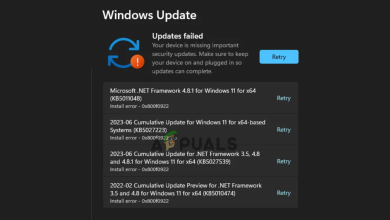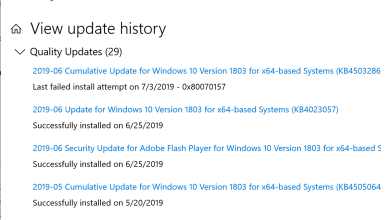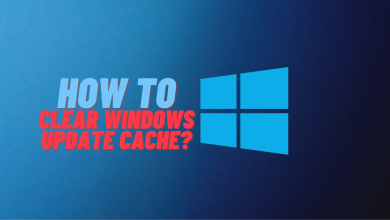How to Fix KB5025211 Failed to Install Error in Windows 10?
KB5025211 was released on April 11, 2023, for Windows 10. It includes improvements to the service stack, which manages the Windows update process. However, during the performance enhancement, some users encountered errors while installing this update. The primary cause of this issue is often corrupted update files. Newly updated files may become corrupted, leading to installation failures. Additional causes can include conflicting software or outdated hardware.
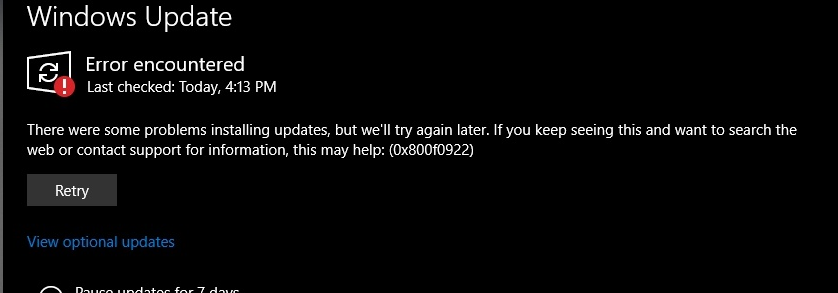
In this article, we will discuss various solutions to this problem and how to update Windows 10 to the latest version.
1. Run the Windows Update Troubleshooter
The Windows Update Troubleshooter is a built-in utility that scans for and resolves issues related to Windows updates. It is recommended to run the Windows Update Troubleshooter before attempting any significant fixes.
- Search for and open Troubleshoot settings.

- Click on Additional Troubleshooters.

- Select Windows Update and click on Run the troubleshooter.
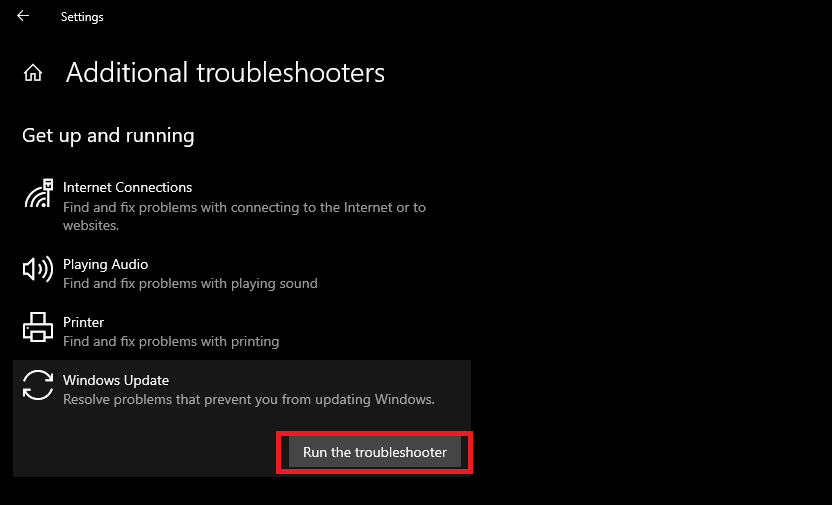
- Follow the on-screen instructions and apply any recommended solutions.
2. Check Internet Connection
An interrupted internet connection can also lead to issues while downloading Windows updates. Make sure to check the stability of your internet connection using the ping command in Command Prompt. This will reveal any minor disruptions. It is also advisable to test your internet speed, which can be done at Speedtest or Fast.
3. Clear Junk from Disk
Temporary junk files can consume storage space, potentially causing update installations to fail. Clear out these files using the Disk Cleanup Tool. This utility scans your PC for junk files and enables you to delete them with a single click.
- Search for Disk Cleanup and open it.
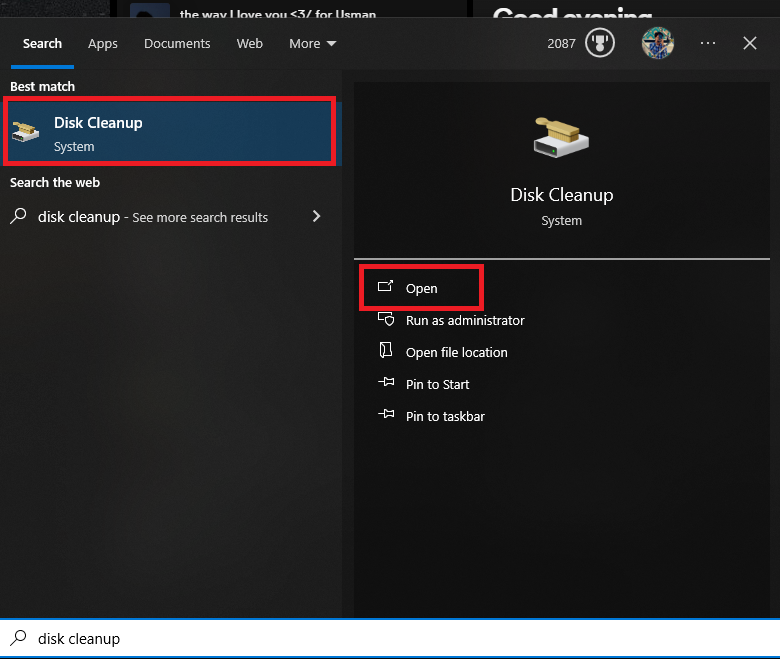
- Select the drive where Windows is installed, which is usually Drive C.
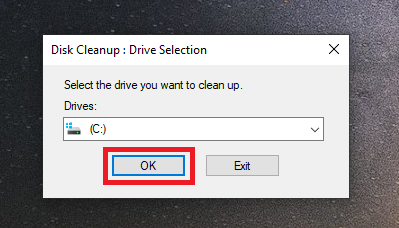
- Click on Clean up system files.
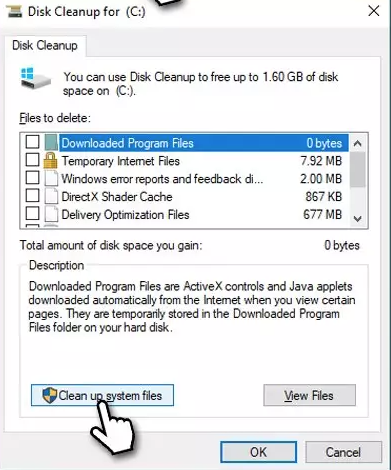
- Select the same disk again and click OK.
- In the Disk Cleanup window, select items such as Temporary Internet Files, Windows Update, Temporary Files, Recycle Bin, and Delivery Optimization. Click OK to proceed.

4. Reset Windows Update Components
Windows update components, also known as services, are critical for downloading and installing updates. If these components malfunction, they can cause updates to fail. Creating a script to restart all services, check for system file and disk image integrity can help fix the issue.
- Right-click on the Desktop, choose New, and click on Text Document.
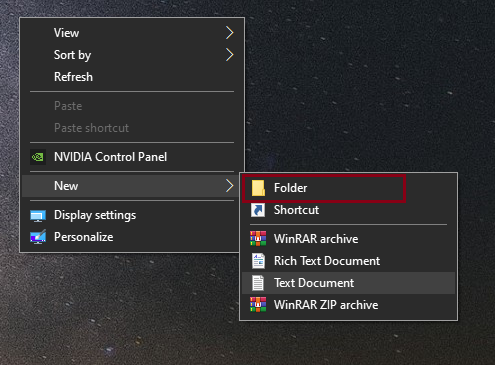
- Open the newly created text document.
- Enter the following commands into the document:
SC config trustedinstaller start=auto net stop bits net stop wuauserv net stop msiserver net stop cryptsvc net stop appidsvc Ren %Systemroot%\SoftwareDistribution SoftwareDistribution.old Ren %Systemroot%\System32\catroot2 catroot2.old regsvr32.exe /s atl.dll regsvr32.exe /s urlmon.dll regsvr32.exe /s mshtml.dll netsh winsock reset netsh winsock reset proxy rundll32.exe pnpclean.dll,RunDLL_PnpClean /DRIVERS /MAXCLEAN dism /Online /Cleanup-image /ScanHealth dism /Online /Cleanup-image /CheckHealth dism /Online /Cleanup-image /RestoreHealth dism /Online /Cleanup-image /StartComponentCleanup Sfc /ScanNow net start bits net start wuauserv net start msiserver net start cryptsvc net start appidsvc

- Go to File > Save As…
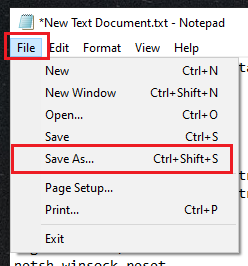
- Name the file ‘Wufix.bat‘, change the Save as type to All Files, and save it on the Desktop.
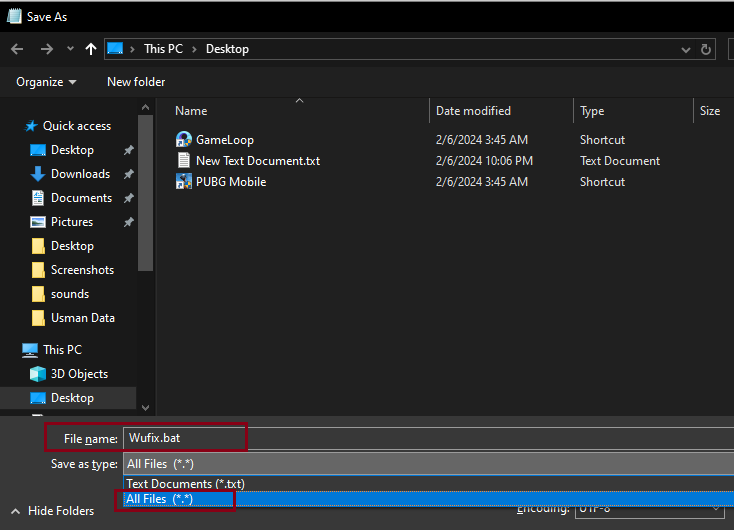
- Right-click on the file and select Run as Administrator.
- All commands will execute, resetting the Windows Update Components.
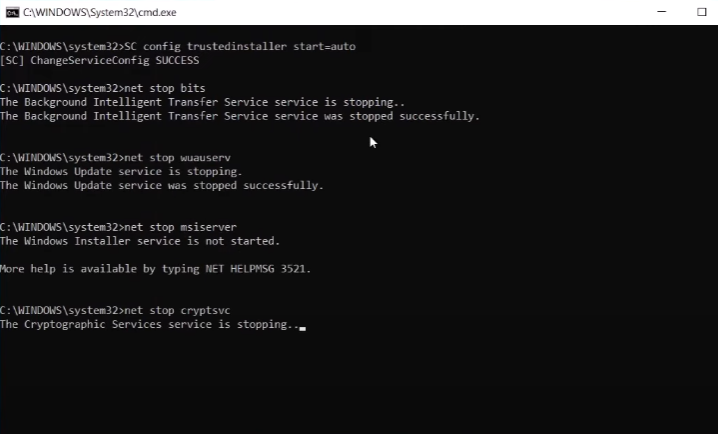
5. Windows 10 Update Assistant
Occasionally, the default Windows updater may encounter bugs that prevent updates from installing correctly. In these cases, the Microsoft Windows 10 Update Assistant can be a reliable alternative. This tool is specifically designed to download and install Windows updates.
You can read our article on how to use the Windows 10 Update Assistant.
If the Update Assistant does not resolve your issue, you can use the Media Creation Tool to install updates. This tool bypasses the normal update installation process, forcibly installing updates without interruptions.
To learn how to use the Media Creation Tool, check out our detailed article.
6. Download Standalone from Microsoft Update Catalog
If the update still fails to install, consider using the standalone KB5025211 download from the Microsoft Update Catalog. This approach manually installs the update, bypassing potential sources of error.
- Visit the Microsoft Update Catalog website and click on the download link that is compatible with your processor.
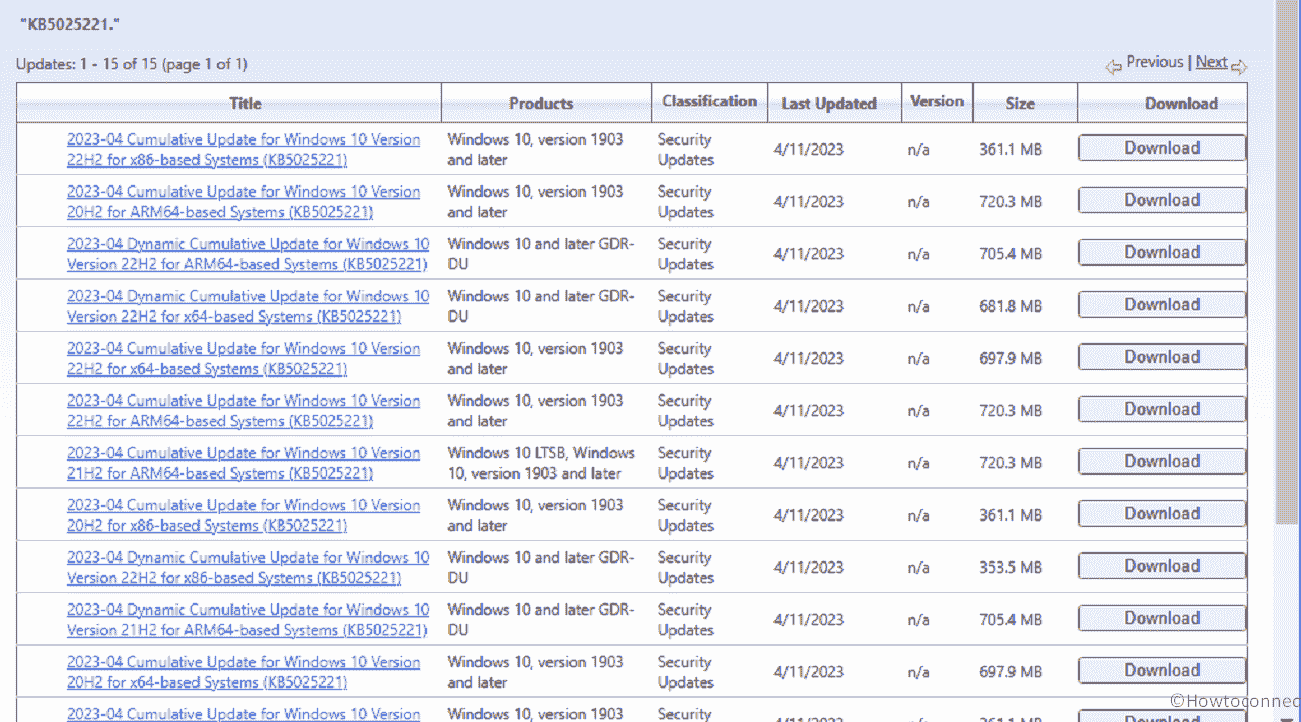
- In the pop-up window, click on the link to start the download.
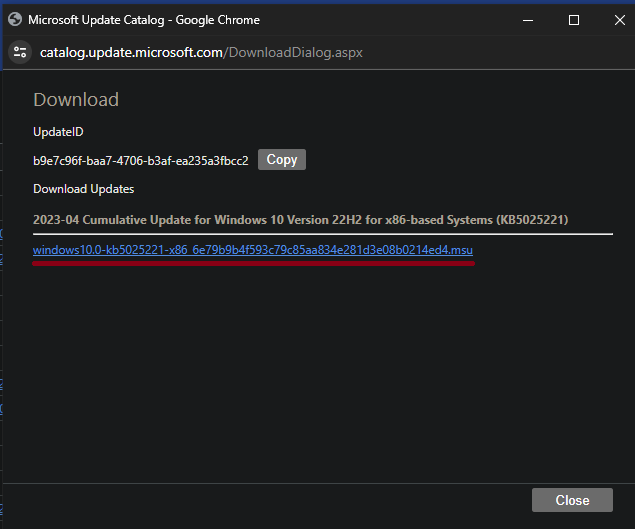
- After downloading, click the file to open it and begin the update installation process.
Your computer may restart multiple times during the installation.
